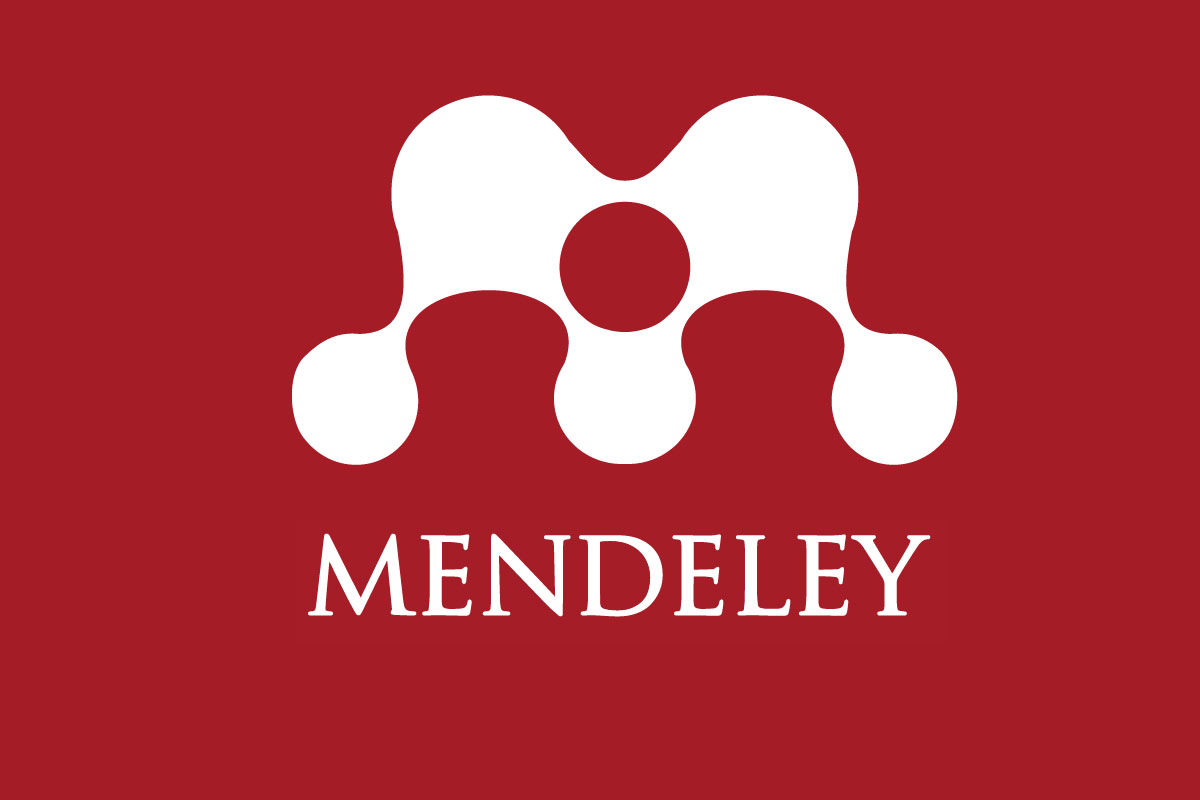Modal Sosial, dan Status Gizi Anak Usia di Bawah Lima Tahun di Kota Yogyakarta
Keywords:
social capital, nutritional status, children under five years oldAbstract
Introduction: The South East Asian Nutrition Surveys (SEANUTS) aims to understand the nutritional status, needs and patterns of Indonesian children. In 2006 as many as 11% of children under five were deficient in vitamin A and iodine as much as 12%. Nutritional problems are disturbances in individual children under five years of age or in the community caused by the unfulfilled need for nutrients obtained from food. At the age of 15 months, almost a third of children under five years of age in developing countries are malnourished, namely stunting, wasting and underweight. Methods: This type of research is a quantitative study with a cross-sectional approach. The study was conducted in eight public health centers in the Yogyakarta City Region. The study was conducted from December 2018 to February 2019. The target population in this study were children under five years of age. Sample size = 383 children under five years of age. The analysis of this study using univariate and bivariate analysis. Univariate analysis is, to find the distribution of frequency, mean value, variation and percentage, described in n and %. Bivariate analysis between variables to determine the relationship between social capital on the nutritional status of children under five years of age and underweight. The statistical test used is a different proportion test using Chi-Square with CI (95%) and the level of significance. Results: The results of the bivariate analysis of children under five years of age with social capital on the nutritional status of children under five years of age with malnutrition were, there was an effect of social capital on the nutritional status of children under five with malnutrition p = 0.050. The results of the bivariate analysis of social capital on the nutritional status of children under five years of age with malnutrition are: children under five with strong social capital have a risk of experiencing malnutrition 0.63 times compared to children under five with weak social capital (OR = 0.63, CI (95%) = 0.40 to 0.99, p = 0.050). This indicates that with strong social capital will reduce the risk of experiencing malnutrition. Conclusion: The nutritional status of children under five years of age is directly influenced by social capital variables.
Downloads
Published
Issue
Section
License
Copyright (c) 2022 Jurnal Indonesia Sehat

This work is licensed under a Creative Commons Attribution-ShareAlike 4.0 International License.








